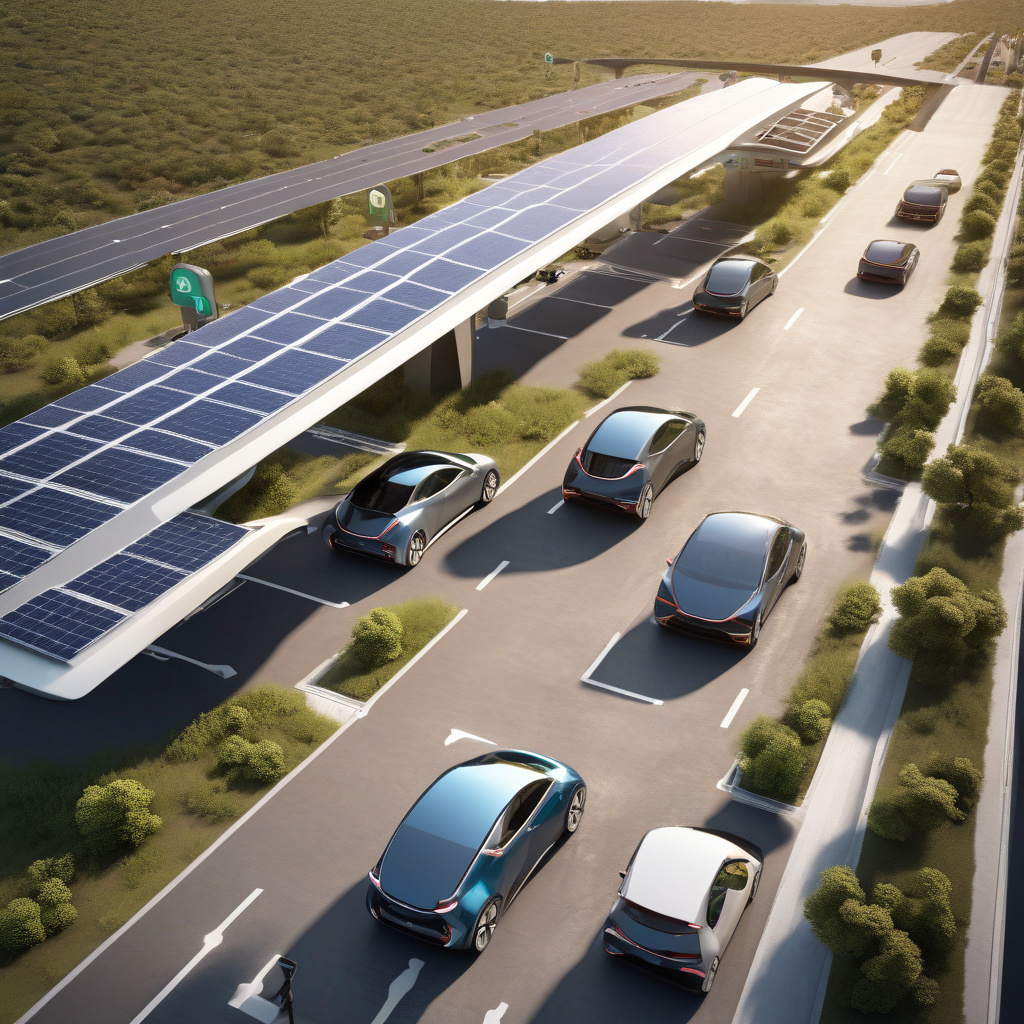Hidden Radios in Solar-Powered Highway Systems: The New Threat to EV Chargers
U.S. officials have warned that solar-powered highway infrastructure could be at risk of hidden electronic devices that compromise the security of electric vehicle (EV) chargers. This alarming revelation has sent shockwaves through the transportation and technology sectors, raising concerns about the vulnerability of critical infrastructure to cyber attacks.
The integration of solar panels into highway systems has been hailed as a sustainable solution to power EV chargers and reduce reliance on traditional energy sources. However, recent findings suggest that these solar-powered systems may contain hidden radios that can be exploited by malicious actors to gain unauthorized access and control over EV charging stations.
The implications of such security breaches are far-reaching. Not only do they pose a threat to the availability and reliability of EV charging infrastructure, but they also raise serious concerns about the safety and privacy of data transmitted between vehicles and charging stations. With the rise of connected and autonomous vehicles, ensuring the security of communication networks is paramount to prevent potential cyber attacks that could have catastrophic consequences.
To address this emerging threat, government agencies, technology companies, and infrastructure providers must collaborate to develop robust security measures that safeguard solar-powered highway systems and EV chargers from malicious interference. This includes implementing encryption protocols, authentication mechanisms, and intrusion detection systems to detect and mitigate unauthorized access attempts.
Furthermore, ongoing monitoring and regular security audits are essential to proactively identify and address vulnerabilities in the infrastructure before they can be exploited by threat actors. By adopting a proactive approach to cybersecurity, stakeholders can enhance the resilience of solar-powered highway systems and protect the integrity of EV charging networks.
In addition to technological safeguards, raising awareness about the importance of cybersecurity among industry professionals, policymakers, and the general public is crucial to foster a culture of vigilance and accountability. Education and training programs can empower stakeholders to recognize potential threats, report suspicious activities, and implement best practices to enhance the security posture of solar-powered infrastructure.
As the adoption of EVs continues to rise and reliance on solar energy grows, ensuring the security and reliability of charging infrastructure is paramount to support the transition to a sustainable transportation ecosystem. By addressing the threat of hidden radios in solar-powered highway systems proactively, stakeholders can mitigate risks, protect critical assets, and uphold the trust of consumers in the future of electric mobility.
In conclusion, the emergence of hidden radios as a threat to EV chargers in solar-powered highway systems underscores the importance of cybersecurity in safeguarding critical infrastructure. By implementing robust security measures, fostering collaboration among stakeholders, and raising awareness about cyber threats, the transportation industry can strengthen its resilience against malicious attacks and ensure the seamless operation of EV charging networks.
solar power, cybersecurity, EV chargers, infrastructure, electric vehicles












